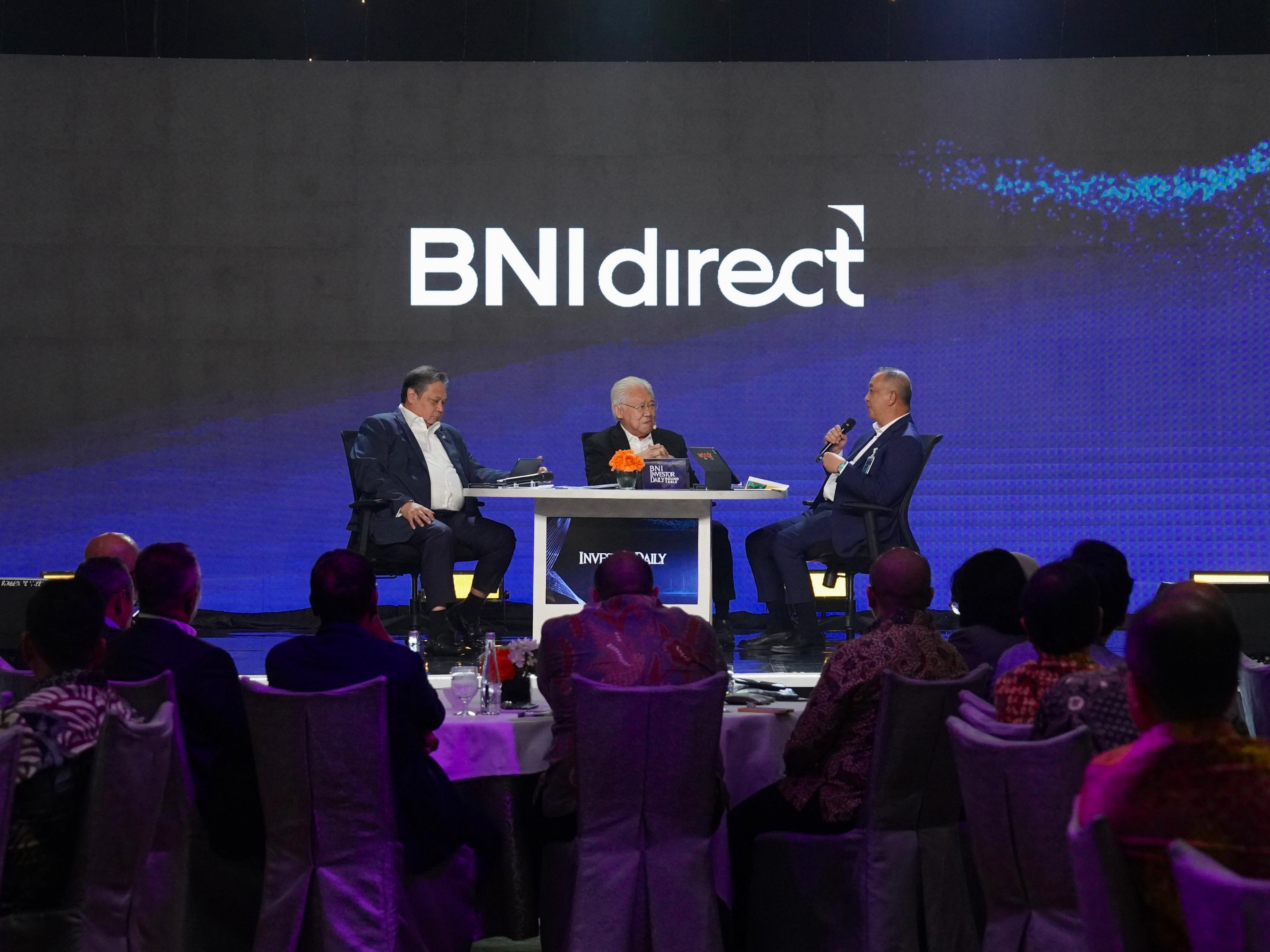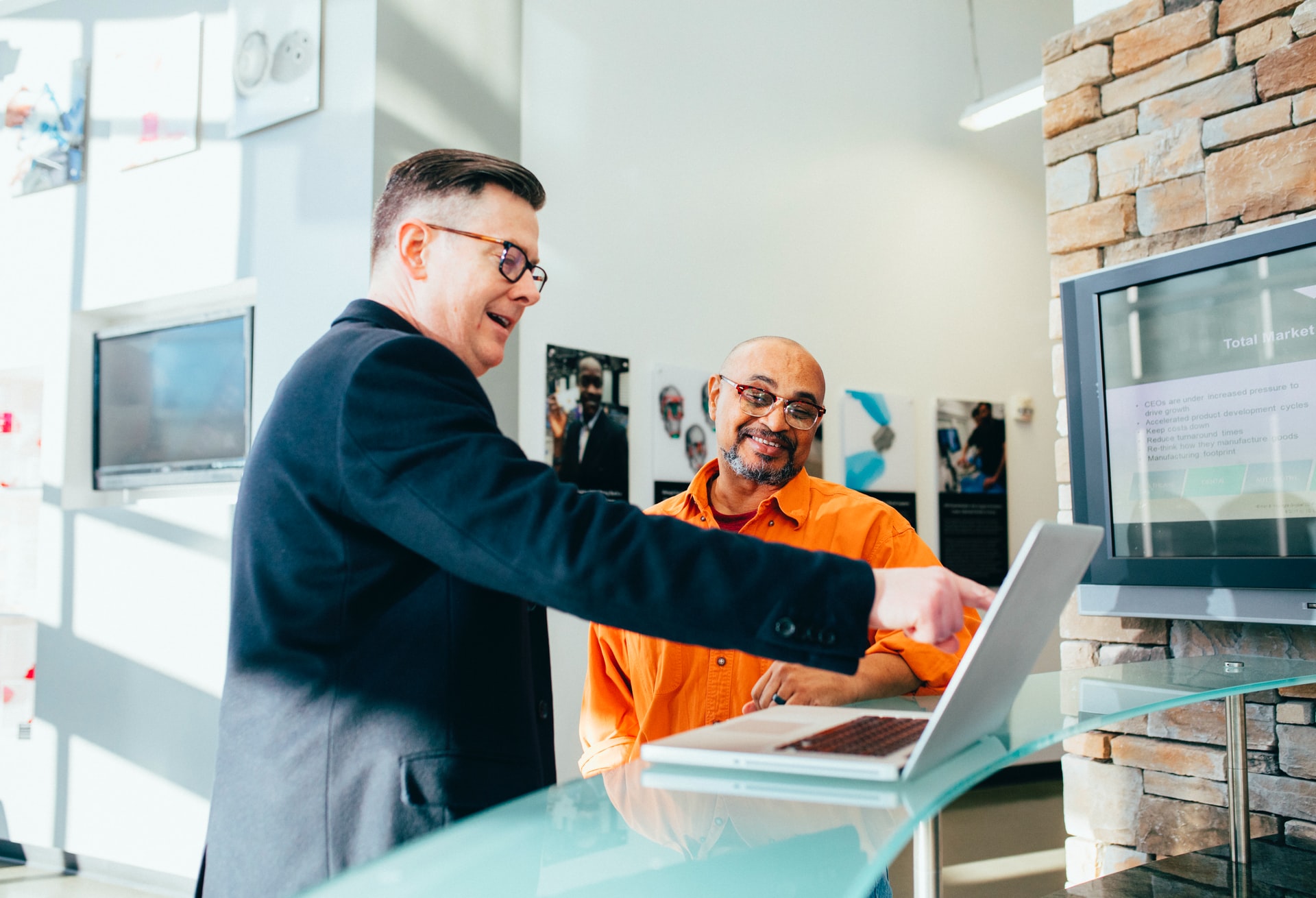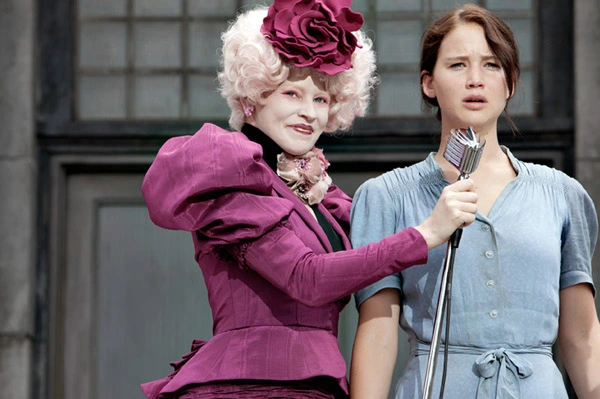As the Paris Olympics wrap up, the electric energy of the Games is still palpable, leaving us with a mix of awe and controversy. The Eiffel Tower, standing tall and majestic, almost became a star in its own right, serving as the breathtaking backdrop to several Olympic arenas. However, the picturesque scenes weren’t the only thing making waves. The Seine River, which hosted the swimming events, became the center of some heated discussions due to the river’s less-than-pristine condition, with some even falling ill after taking the plunge.
Amidst all the glitz, glamour, and occasional grumbles, one moment had Indonesians cheering the loudest—Rizky Juniansyah’s golden lift in weightlifting! With grit and guts, Rizky didn’t just win; he made history by snagging Indonesia’s first-ever gold in the sport and leaving us all beaming with pride. Talk about raising the bar!
With the excitement still fresh, it’s easy to find ourselves looking back at past Games. For me, as an Indonesian, London 2012 holds a particularly vivid memory. It was the first time we didn’t bring home a gold medal in badminton—a sport where Indonesia had long reigned supreme. Yet, despite the unexpected disappointment, London 2012 offered more than just athletic memories. As a PR enthusiast, I found the Games to be a goldmine of lessons. The challenges and dynamics of the Olympics offered invaluable lessons on the importance of working smarter, not harder, and how to adjust strategies in the face of unforeseen circumstances.
The Olympics Marketing Maze
That year, the marketing battle was just as intense as the athletic competition. With Adidas proudly holding the title of official sponsor, Nike was handed a challenge: navigate a labyrinth of restrictions imposed by the International Olympic Committee (IOC) and Adidas. These rules were designed to keep the focus firmly on the official sponsor, prohibiting non-sponsors like Nike from using any Olympic symbols or phrases such as “Olympic Games” or “London 2012”.
This was a major hurdle for Nike, but they weren’t short on sneaky moves and clever tricks. They launched their "Find Your Greatness" campaign in 25 countries right as the opening ceremony kicked off. The campaign took over YouTube’s homepage with a rich-media billboard ad and was backed by a website, Nike+ apps, outdoor and print ads, and a Twitter push using the hashtag #findgreatness.
Source: YouTube
This move by Nike wasn’t just a sideline act—it was a bold play to ride the Olympic wave and give Adidas a run for their money. And guess what? It worked like magic—the video hit number one on YouTube throughout the first week of the Olympics. Talk about turning the tables!
Why Did It Work? Let's Break It Down
- Olympic Legends vs. Everyday Heroes
Usually, Nike's ads are packed with superstar athletes, but in 2012, they had to skip the Olympians due to the restrictions. While Adidas was all about showcasing Olympians in their ads, basking in the glow of elite sports stars, Nike took a completely different route. Their "Find Your Greatness" campaign was all about everyday individuals pushing their limits.
Source: Natalie Webster
This wasn't just a clever workaround; it was a masterstroke in inclusive marketing. As Tom Hardy so powerfully put it in the “Find Your Greatness” video: “Greatness is no more unique to us than breathing. We are all capable of it. All of us.”
Nike tapped into the universal human experience of striving for personal bests, making the campaign deeply personal and widely appealing. By focusing on the everyday athlete, Nike not only avoided the sponsorship restrictions but also created a powerful and relatable narrative that celebrated the potential in all of us. It wasn’t about elite athletes that seem so far away, it was about you and me—our challenges, our victories, and our definitions of greatness.
-
London, All Around the World
Here’s where Nike got cheeky. They couldn’t mention London, UK, in their ads due to sponsorship restrictions, so they went global with a clever workaround. Nike found 28 other places around the world named London, such as London, Ohio; Little London in Jamaica; and even Small London in Nigeria.
Source: AdForum
This genius move allowed Nike to tap into the Olympic buzz while staying within the legal boundaries set by the IOC. It also allowed Nike to create a mental association with the London Olympics without directly stating it. Viewers saw "London" and subconsciously connected it with the excitement of the Olympics, all the while staying clear of any legal issues.
This approach showcased Nike’s ability to think outside the box and turn limitations into opportunities. By using the name "London" in unexpected ways, Nike maintained a presence in the Olympic conversation and reinforced their brand's innovative and rebellious spirit.
-
Shining Bright with Nike
No matter who was officially sponsoring the Olympics, athletes had free rein to pick their gear.
…Enter Nike’s Volt shoes.
Source: Elle UK
These weren’t your everyday kicks; the Volt lineup was a showstopper with its electric yellow-green color. The bright, almost glowing hue that’s the complete opposite color of the tracks made sure they stood out, linking Nike to the Olympics without needing official sponsor status. It was like making a grand entrance without an invitation!
The Nike Volt collection was like a candy store for athletes—a dazzling lineup of 16 different styles, each crafted for unique athletic needs at the 2012 Olympics. This colorful variety made the Volt shoes a versatile and irresistible choice for competitors from all sports.
Nike didn’t just stop at flashy design; they went all-in by getting over 400 athletes to rock Volt shoes. The gamble paid off big time, with 68 of them snagging medals—and 25 of them were gold! Placing those flashy shoes on the podium turned Nike into a symbol of Olympic victory.
Source: Footwearnews
And the winner goes to…
While Adidas ads showcased Olympic athletes and their extraordinary talents, Nike celebrated everyday people pushing their limits. Adidas promoted the grandeur of the Olympics and its elite athletes, but Nike's message was more relatable, speaking directly to customers.
Source: AdAge
According to AdAge, Nike's campaign struck a chord with consumers much more than Adidas'. In fact, more people thought Nike was the Olympic sponsor than Adidas (37% vs. 24%). Even better, 54% of those who identified brands as sponsors—right or wrong—said the Olympic tie-in made them feel more positively about Nike. It turns out that celebrating the greatness in all of us resonated deeply, creating a stronger and more favorable brand connection.
So, what next for Nike?
As the dust settles on the Paris Olympics, it's clear that Nike's marketing brilliance from London 2012 still echoes in their strategies today. They've maintained their dominance by outfitting top athletes worldwide at the Paris Olympics, including U.S. teams across all sports and athletics teams from Canada, China, Kenya, Germany, and Uganda. Nike is also sponsoring the basketball teams of China, France, Japan, and Spain, as well as Korea’s athletes in the new breakdancing event.
However, the competition is heating up. Brands like On Running, Hoka, and Lululemon are making significant waves in the athletic world, while the trend toward sleeker footwear like Adidas’ Samba is chipping away at Nike's stronghold.
While their 2012 strategy was revolutionary, the landscape has changed. So the question is: How will Nike adapt to stay ahead as new favorites emerge in the ever-evolving world of sportswear?












